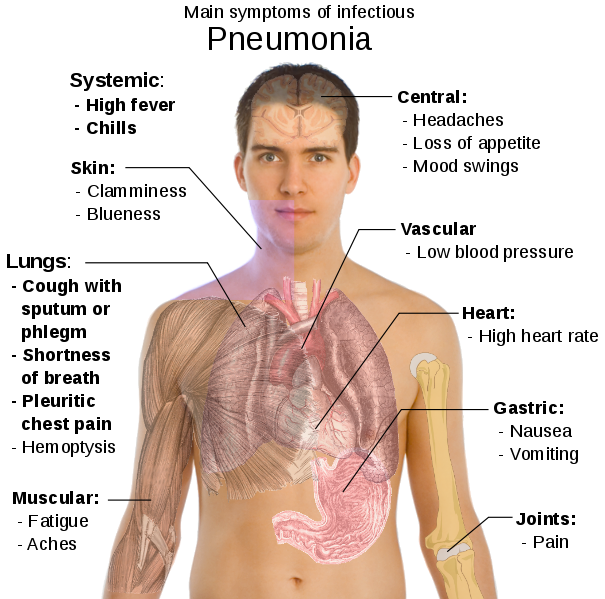The USA is not the only location where drug development for myotonic Dystrophy is taking place. Here is a one year old report (October 2011) on the research in the Netherlands for Myotonic Dystrophy treatment. Prosena also receive an Emerging Star award this year for the most innovative biotech company in Europe. They also announced a 23 million euro financing round in January. Prosensa has about 4-5 potential drugs for Duchene Muscular Dystrophy in development and we are very happy that they are looking at Myotonic Dystrophy as a therapy as well.

Prosensa Awarded up to €5m Innovation Credit from Dutch Government for research in Myotonic Dystrophy
Print friendly PDF
October 25, 2011
For immediate release
Leiden, The Netherlands, October 25, 2011 – Prosensa, the Dutch company focusing on RNA modulating therapeutics for rare diseases with unmet medical needs, announced today that it has received an innovation credit of up to €5m from AgentschapNL, a subsidiary of the Dutch Ministry of Economic Affairs, Agriculture and Innovation, to support further development of a series of preclinical compounds for the treatment of Myotonic Dystrophy type 1 (DM1).
According to the terms of the agreement, Prosensa will receive €940,000 to support the initial stage of the project, with the potential to receive additional funding of up to €5m after successful completion of specific milestones and an initial review in 2012.
The genetic mutation underlying DM1 is characterized by expansion of so-called triplet repeats in the DMPK gene leading to transcripts with toxic effects. Prosensa applies its RNA modulation platform to reduce the number of these expanded repeat, toxic transcripts. One compound, PRO135, reversed the transcript toxic effects after in vivo intramuscular administration in preclinical DM1 models. Prosensa works in close collaboration with the department of Cell Biology, Nijmegen Centre for Molecular Life Sciences, Radboud University Nijmegen Medical Centre, on this project, one of the leading centres in DM1 research in the world.
Judith van Deutekom, Vice President of Discovery at Prosensa commented: “We are very pleased with this grant by the Dutch government, which allows us to accelerate our research in this important therapeutic area and helps us grow into a specialist rare disease company. The innovation credit from the Dutch government is intended to stimulate development of technologically innovative products. In addition to Duchenne muscular dystrophy, we are also working on a potential therapy for patients affected by Myotonic Dystrophy, yet another rare disease for which no treatment currently exists.”





